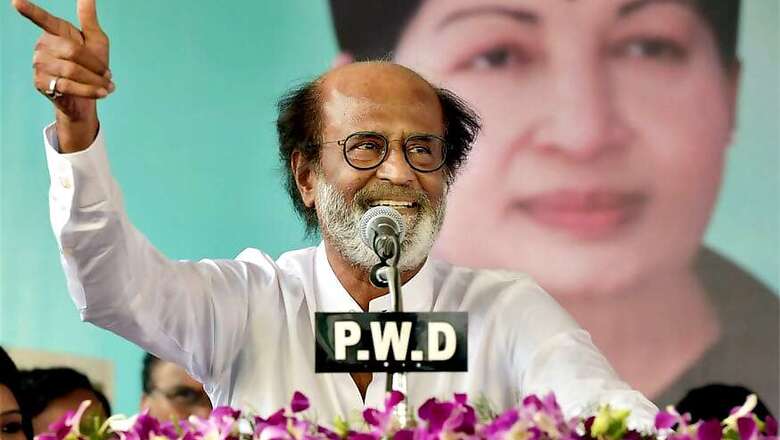
views
Bengaluru: Rajinikanth has finally taken the plunge. He will be launching his own political outfit on the day of Pongal festival. The moment Thalaiva declared that he will don the hat of a politician, the people were quick to draw comparisons between him and MG Ramachandran, the Tamil cinema icon. Some are even predicting that Rajini will be the next MGR of TN politics.
It is true that if there has been one cine-star to capture the public imagination on the silver screen after MGR, it is undoubtedly Rajinikanth. But politics is another ball game. And Dravidian politics by any stretch of imagination is no soft-ball.
It is a fact that both MGR and Rajinikanth are “outsiders” to Tamil Nadu. MGR was a Malayali born in Sri Lanka and Rajinikanth is a Maratha from Karnataka. Both are from humble backgrounds and reached the pinnacle of success on their own outside their territory.
Rajinikanth fans would want him to see their hero as the chief minister of Tamil Nadu. For those making comparisons, it is imperative to look at MGR’s journey of 25 years to emerge as the ‘leader’.
Success did not come to MGR overnight. Not many are aware of the fact that he was an active member of the Congress party till 1953. He was a great admirer of Gandhi-Nehru and Patel. He used to wear Khadi . Only in 1953 he joined the DMK. He was impressed by CN Annadurai and decided to back the Dravida cause. His unparalleled popularity as a film star added glamour to “rationalist and revolutionary” Dravida movement. Like any other top leader of the DMK, MGR also struggled to make it a big. He had to wait for 10 years to enter the electoral politics. It was in 1962 that MGR was elected to Tamil Nadu Legislative Council as an MLC. At the age of 50, in 1967, he was elected to the TN Assembly as an MLA.
After his mentor Annadurai’s death in 1969, his friend and colleague M Karunanidhi became the CM and MGR became DMK’s treasurer. A major showdown with Karunanidhi forced MGR to quit DMK to form his own party AIADMK in 1972. Only in 1977 he became the CM. It clearly shows that he rose through the ranks and was not just a film actor who occupied the throne of CM overnight. He had spent ten years in the legislature as an MLC and MLA. It had helped him to understand the nuances of politics and governance.
Rajinikanth, on the contrary, has not had any legislative experience. He has held no government posts. He has always stayed away from active politics, though he occasionally made politically significant statements either backing someone or targeting someone in the last 20 years. It would be a tad too early to compare him to MGR. Perhaps vacuum created by former CM Jayalalitha’s death last year is being seen as a great disruptor in the state politics to give space to new aspiring players.
In a brilliant book “MGR – A Life” author R Kannan writes about the evolution of MGR as a politician in great detail. Whoever reads that will mark out the dissimilarities in the two personalities. Star value alone did not make MGR the darling of Tamil masses. He was also an able administrator and a compassionate ruler. MGR, for instance, is credited with conceptualising and implementing the mid-day meal scheme which was later emulated by other states and the centre.
The one superstar who can be Rajinikanth’s role model is actually NT Ramarao or NTR, the Telugu cinema icon from the neighbouring state.
NTR was just a film actor like Rajinikanth. He was not a part of any popular movement in Andhra Pradesh and he had largely confined himself to acting. Only in 1982, after the then Congress CM of AP T Anjaiah was humiliated by AICC general secretary Rajiv Gandhi at Hyderabad airport, NTR plunged into politics to restore the pride of Telugu people.
Proving all his detractors and critics wrong NTR became the CM in less than nine months after founding the TDP. There was a political vaccum in AP and the public was upset over the shoddy treatment of their leaders by the Congress party high command in New Delhi. They backed NTR and TDP came to power dislodging the Congress in 1983 Assembly polls.
NTR carefully blended a heady dose of his stardom with Kamma sub-nationalism to emerge as the main opposition party in the 1984 Lok Sabha elections when Congress won two-thirds majority post Indira Gandhi’s assassination.
It is true that there is now a political vaccum in TN. But Tamil pride is still a major issue in the state. The huge victory of TTV Dinakaran in RK Nagar by-poll last week seems to have proved that point. In that case how much pro-BJP leanings would politically help Rajinikanth is the moot question.
Many people are upset over EPS-OPS combine’s total surrender to BJP bosses in New Delhi. If Rajinikanth’s promised “third alternative” stays clear of BJP and follows Tamil centric formula he may still have a chance. If he goes with BJP, he may find it difficult to establish himself as the main challenger to two Dravida parties – the ruling AIADMK (including Dinakaran supporters) and DMK. Unlike MGR, Rajinikanth has not spent much time in the heat and dust of politics.
If we go by political murmurs in Chennai, his political “guides” themselves have no experience in real politics and they have never been in the election arena.
If the current EPS-OPS combine won’t collapse anytime soon, Rajinikanth’s popularity will be put to test only in the 2019 Parliament polls.










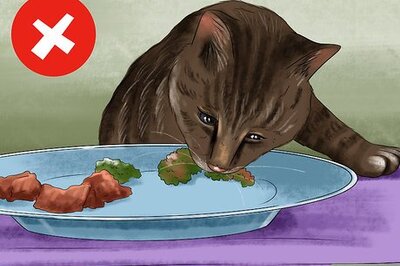


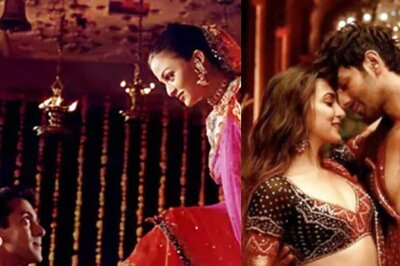
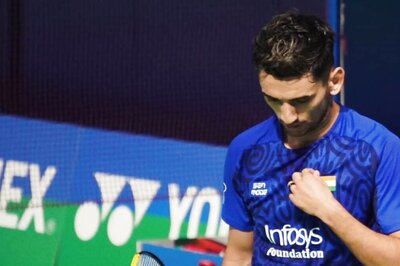

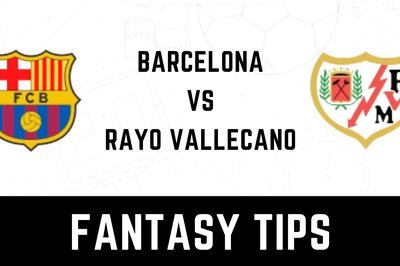


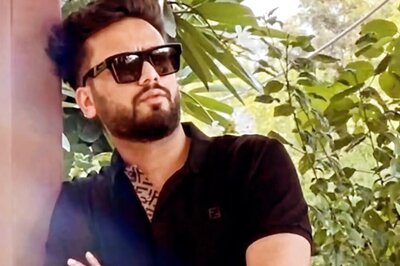
Comments
0 comment